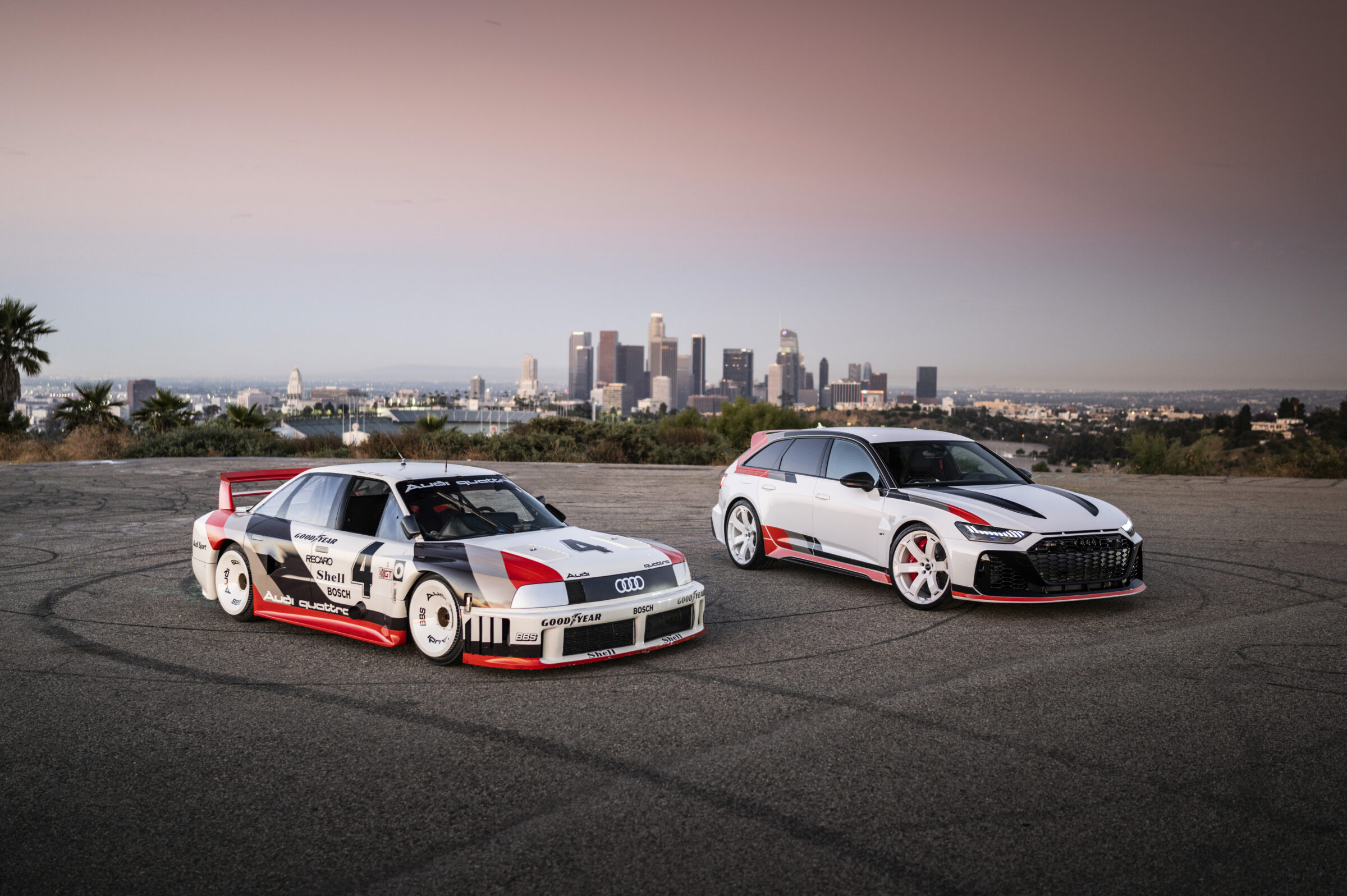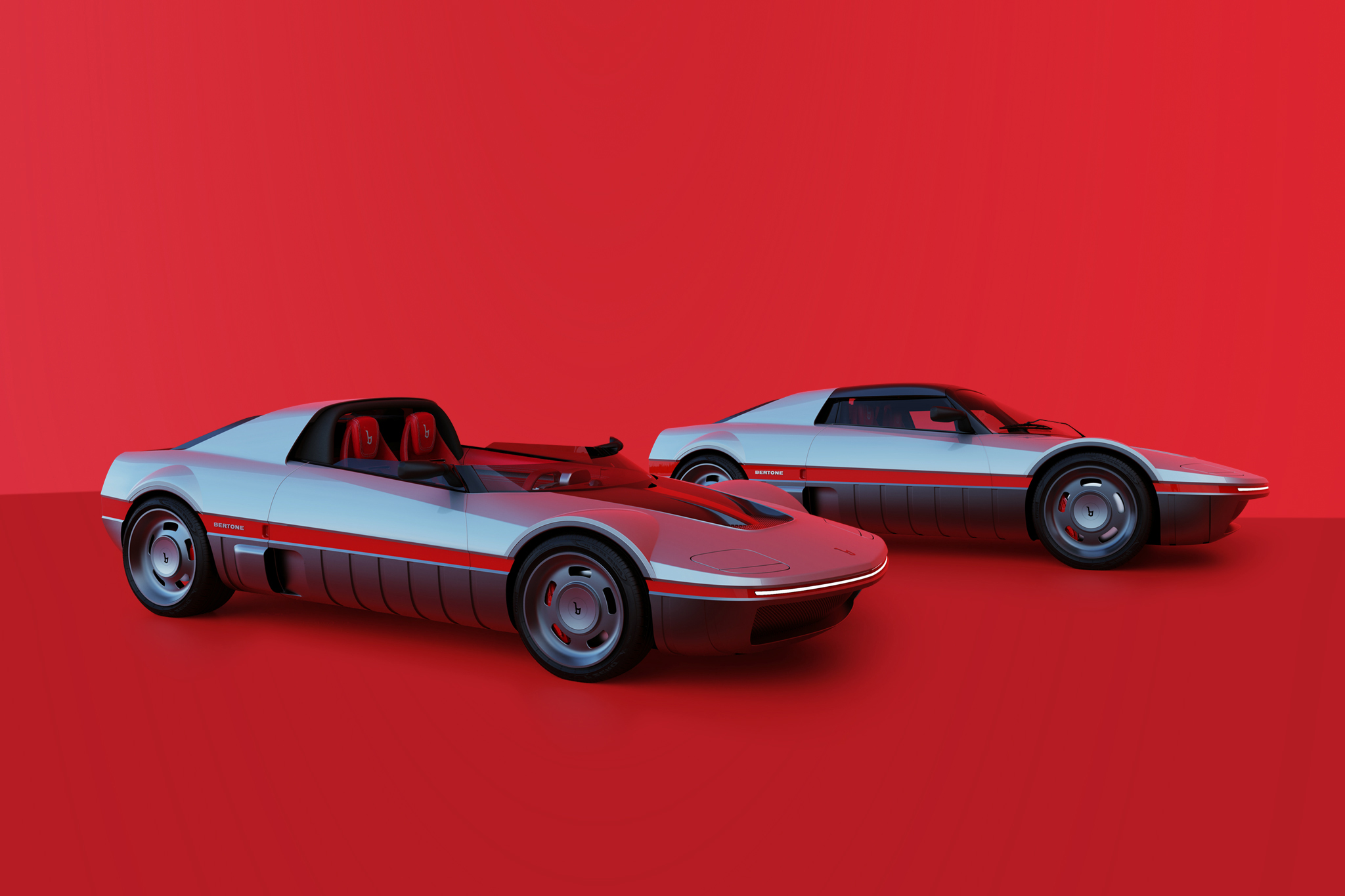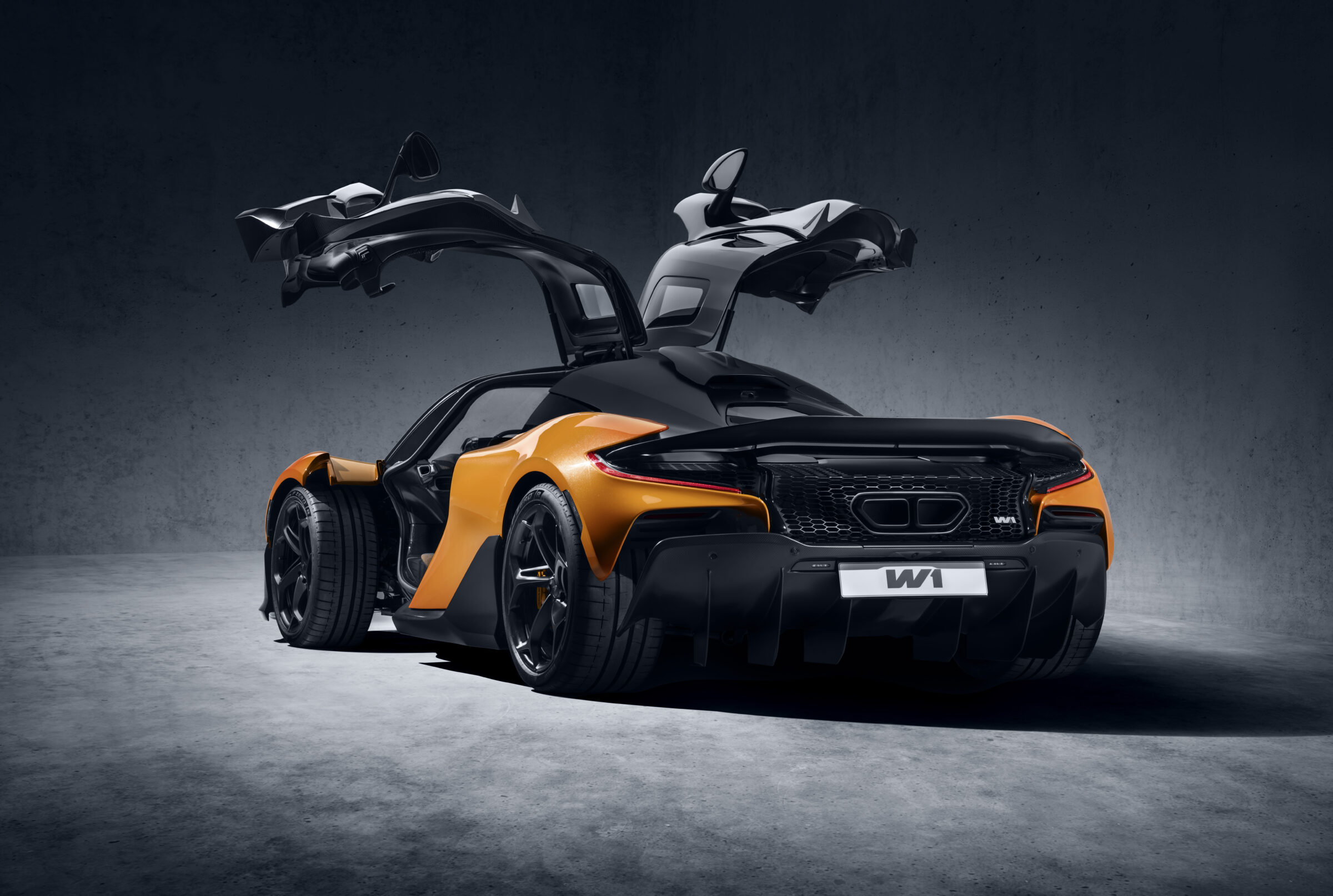Ferrari 340 America
Do you know the Ferrari 340 America? If not, it’s about time. But it is also not surprising. After all, only 23 examples of this series were built in the early 1950s. Originally, this model was intended to appeal specifically to private customers as a road sports car. The decisive point behind this was the desire of the US importer Luigi Chinetti to convert the racing successes he had achieved with Ferrari vehicles into hard cash by selling road cars. For this reason, the 340 was given the additional name ‘America’ for the first time to indicate the intended market.
Lampredi V12 engine with large displacement
In these early days of the brand with the ‘Cavallino Rampante’, the rearing horse in the logo, model changes followed one another quickly due to limited financial resources and a lack of structures. So the vehicles available at the time were also used for motorsport. The 340 certainly provided the technical basis for this. In 1951, Ferrari adopted the V12 engine originally developed by Aurelio Lampredi for racing into series production. This had more displacement due to greater cylinder spacing and larger bores compared to the Colombo V12 in the smaller models. In the 340, for example, it was 4.1 liters, from which the engineers extracted 162 kW/220 hp. Depending on the body, this was sufficient for a topspeed of 240 kph (149 mph). Power transmission was provided by a manual four-speed gearbox.


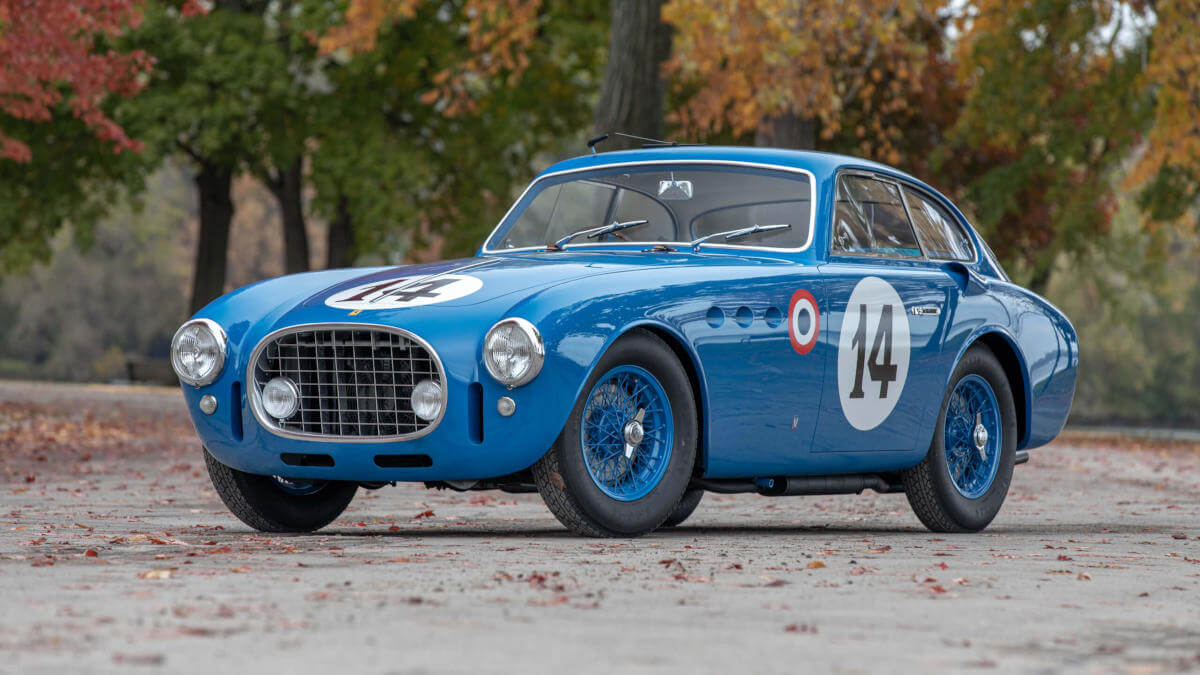

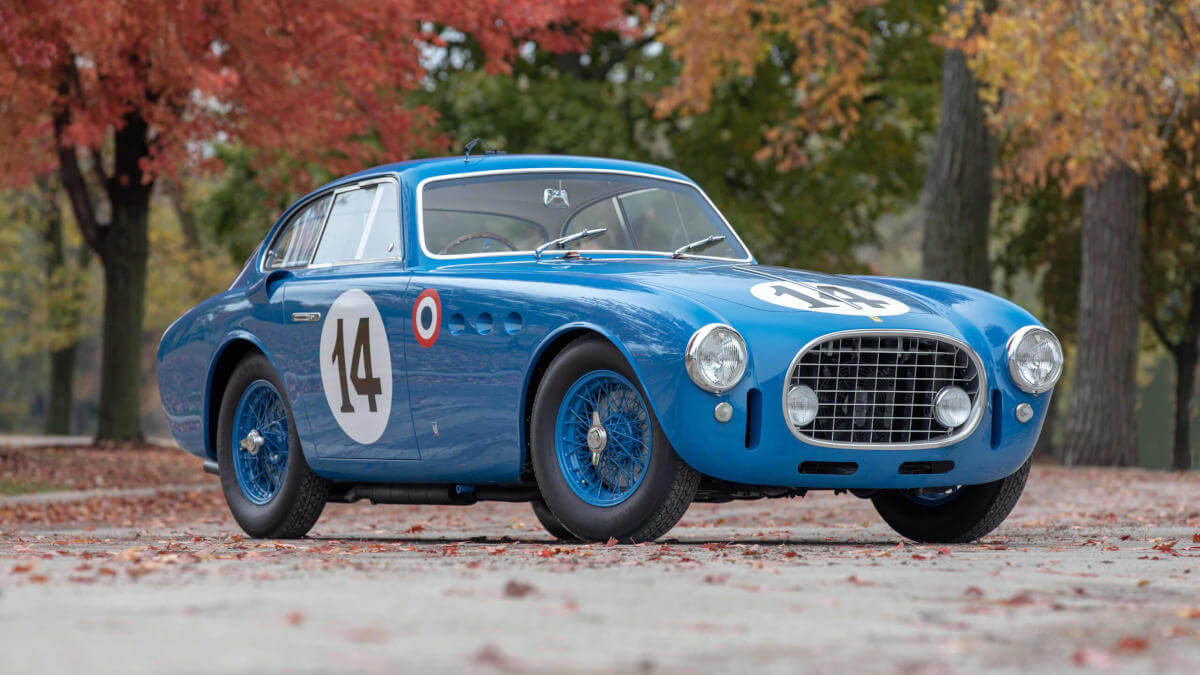

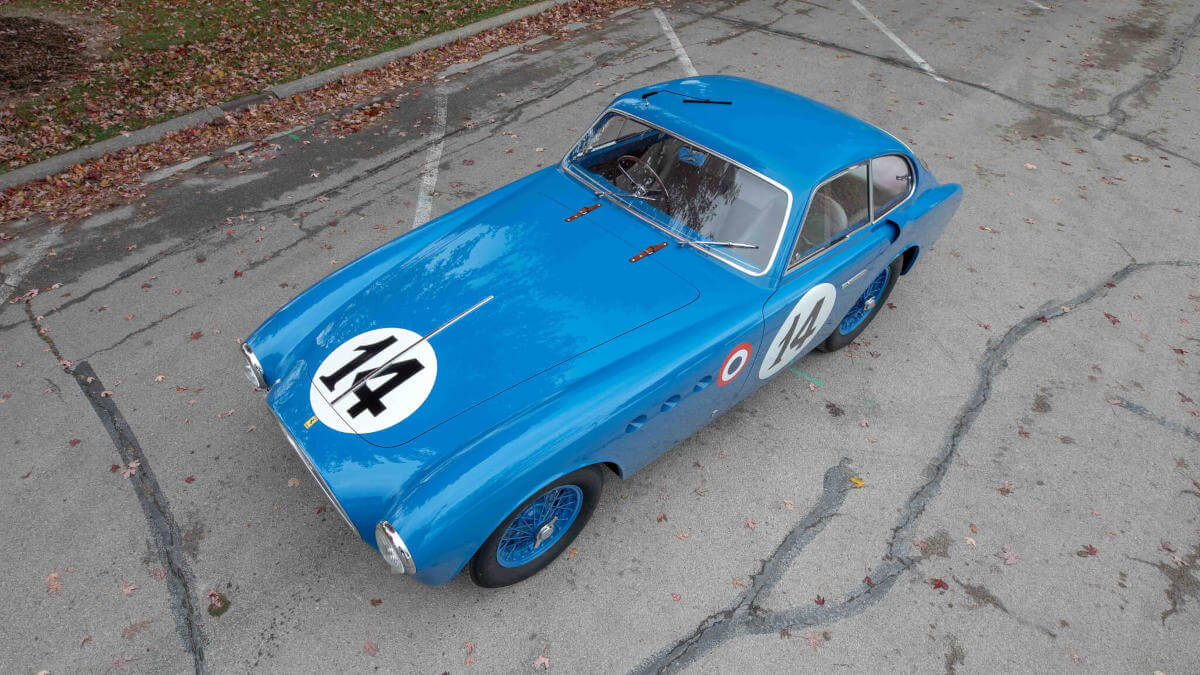

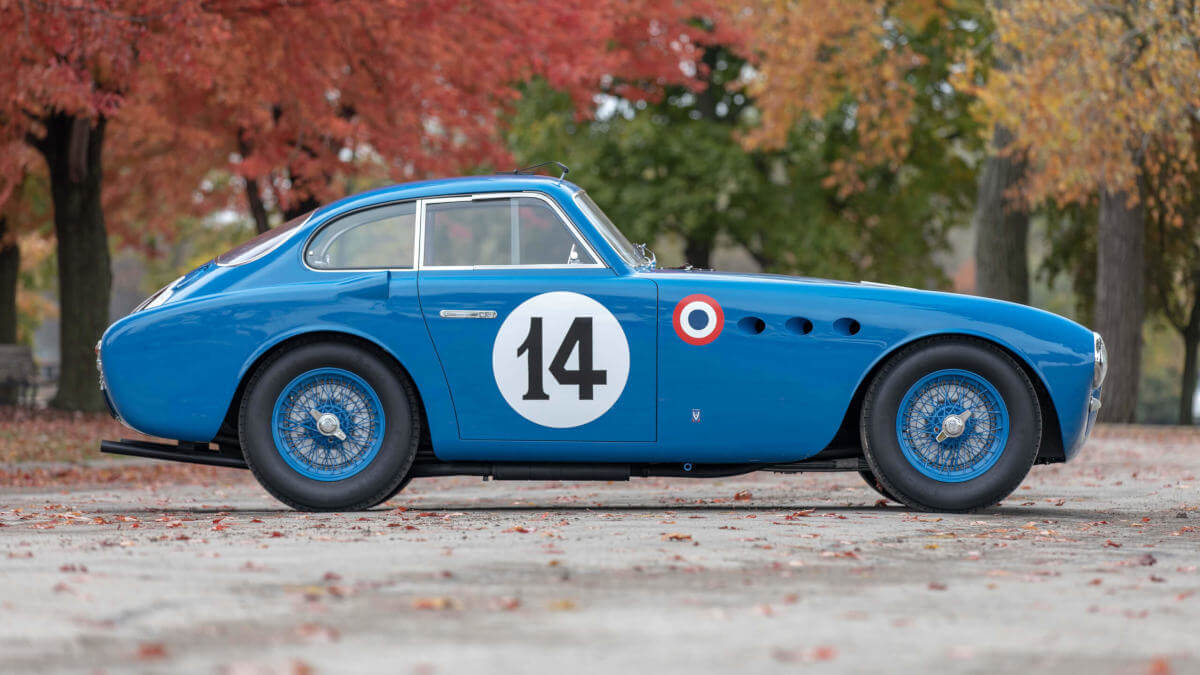

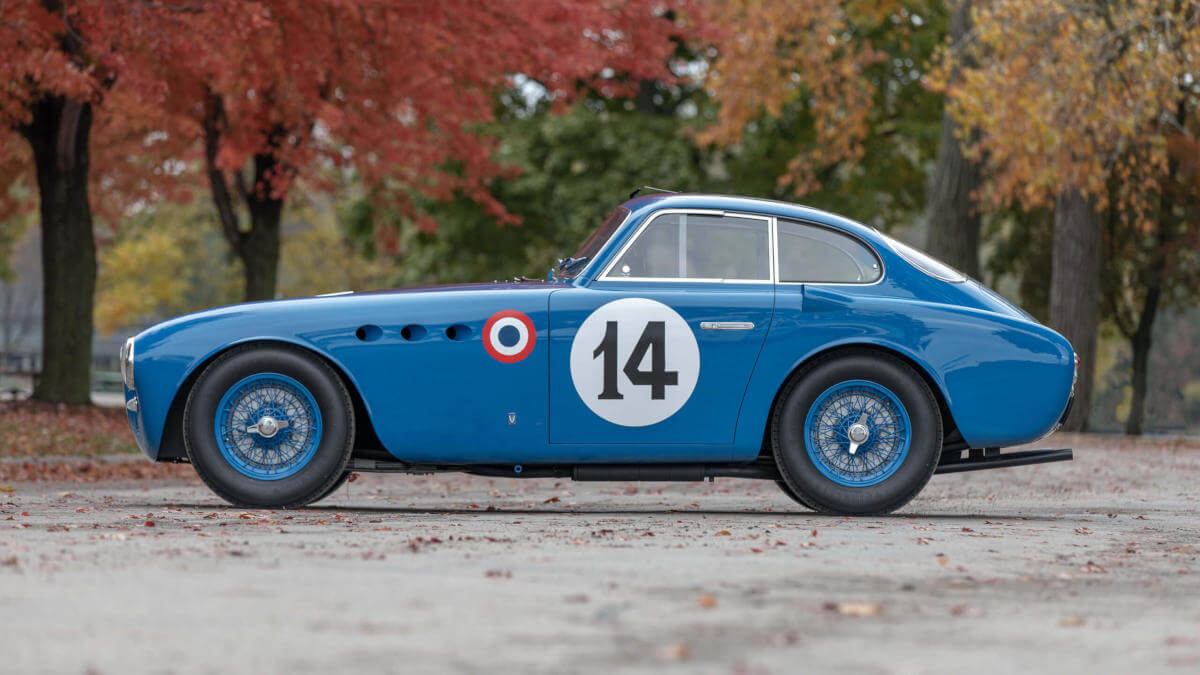







Classic platform, different bodies
As with all models, Ferrari also made constant further developments during production. Thus, late examples of the 340 received, among other things, a dry sump lubrication. Comparable to other Ferrari models from the same era, a stable box frame serves as the platform here. While the front wheels were already guided by double wishbones, a rigid axle was still used at the rear. Other manufacturers were already beginning to use disc brakes. Ferrari, however, still retained the familiar drum brakes all round. The wheelbase was 2,420 millimeters. In 1951 and 1952, a total of 23 cars were built. Since Ferrari didn’t produce its own bodies at this time, this task was carried out by external companies. Ghia offered Coupé bodies, Touring also Coupés and Barchettas. There was also Vignale, creating Spiders, a Convertible and five Coupés.
Fifth place at Le Mans 1952
One of the last examples of the Ferrari 340 America built bears the chassis number 0202A. It received a Coupé body from Vignale in 1952, designed by Giovanni Michelotti. In striking blue and with the starting number 14 on the doors, the hood and rear, this sports car competed in the 24-hour race at Le Mans that same year. With drivers André Simon and Lucien Vincent at the wheel, it finished fifth. The car also competed in other races at Circuit Bressuire, Circuito di Senigallia and Montlhéry, as well as in the Carrera Panamericana. The 340 then returned to the factory and received a new paintjob in Rosso Scuro (red) as part of an extensive refurbishment. In mid-1953, Luigi Chinetti imported the 340 America to the United States and sold it to attorney Bill Galvin. That same year, the latter sold the car on to Ernie McAfee, who passed it on to racing driver Masten Gregory.


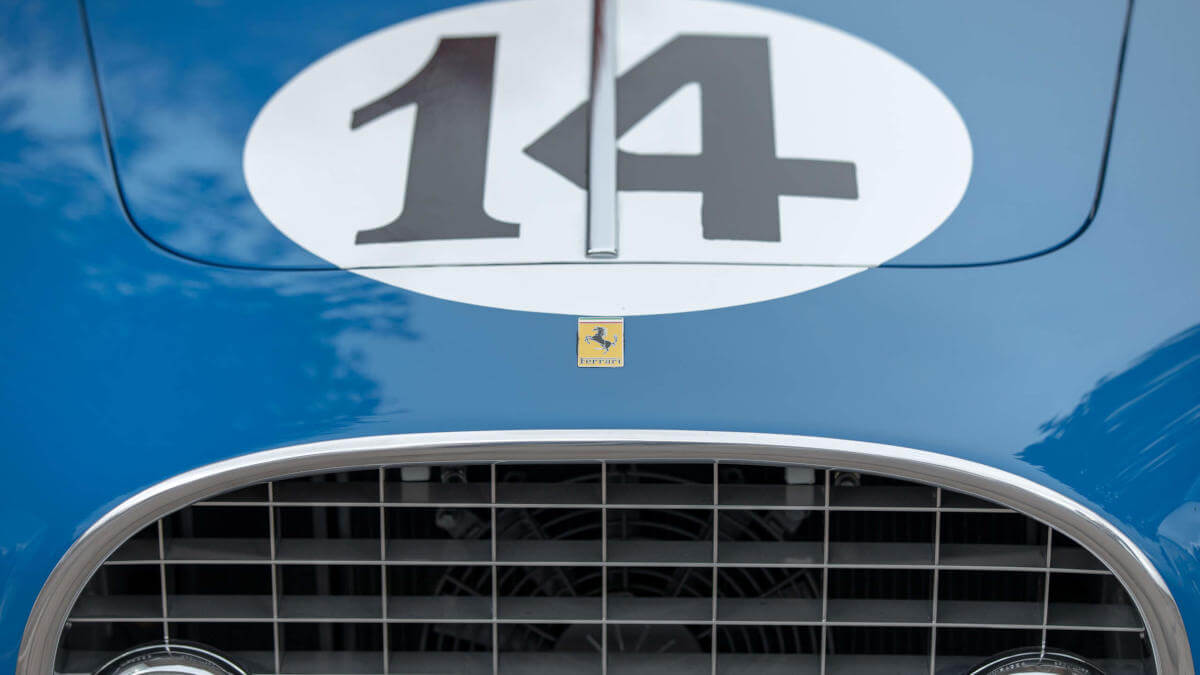





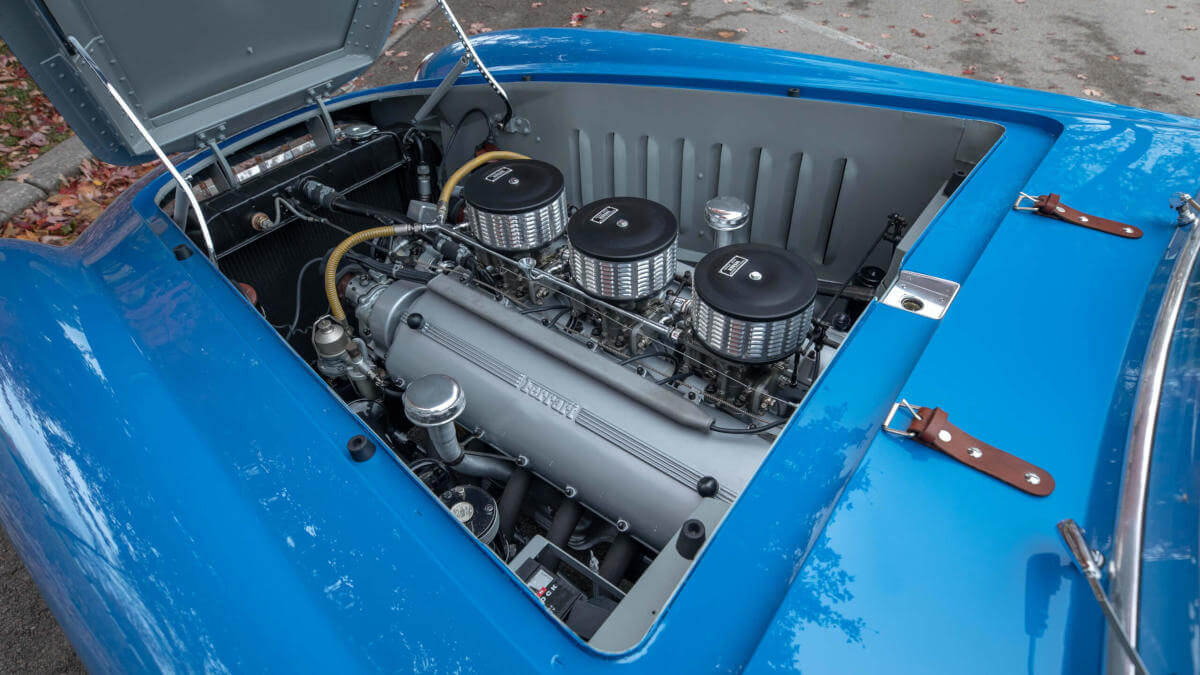



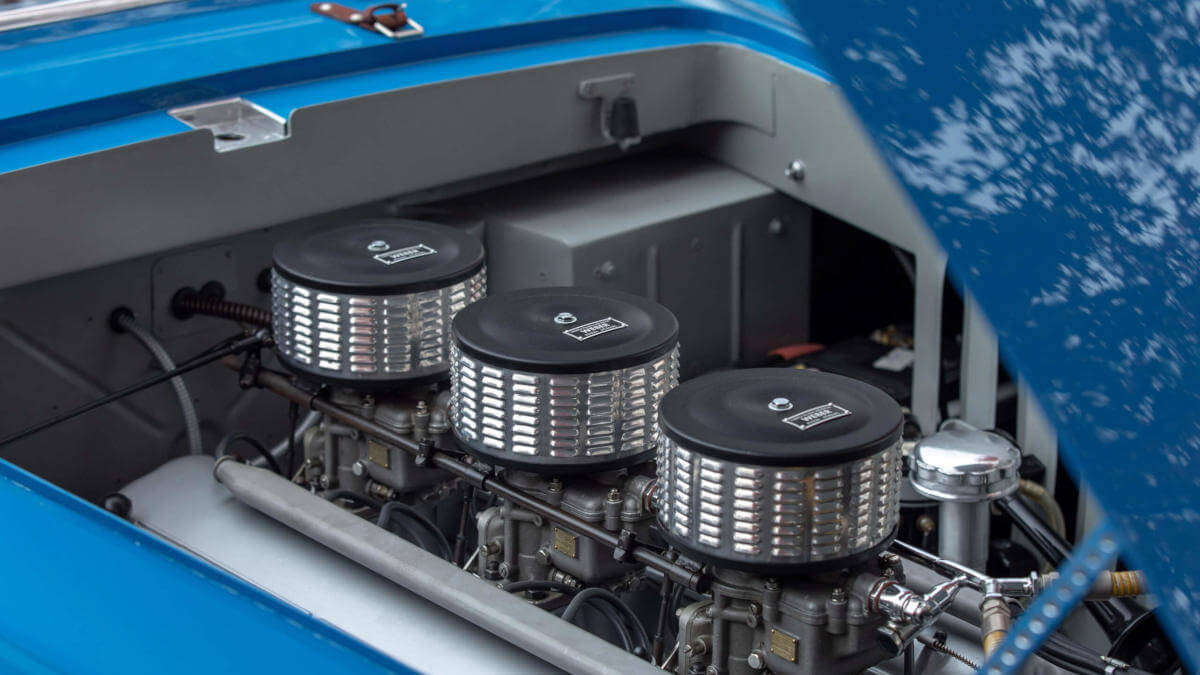



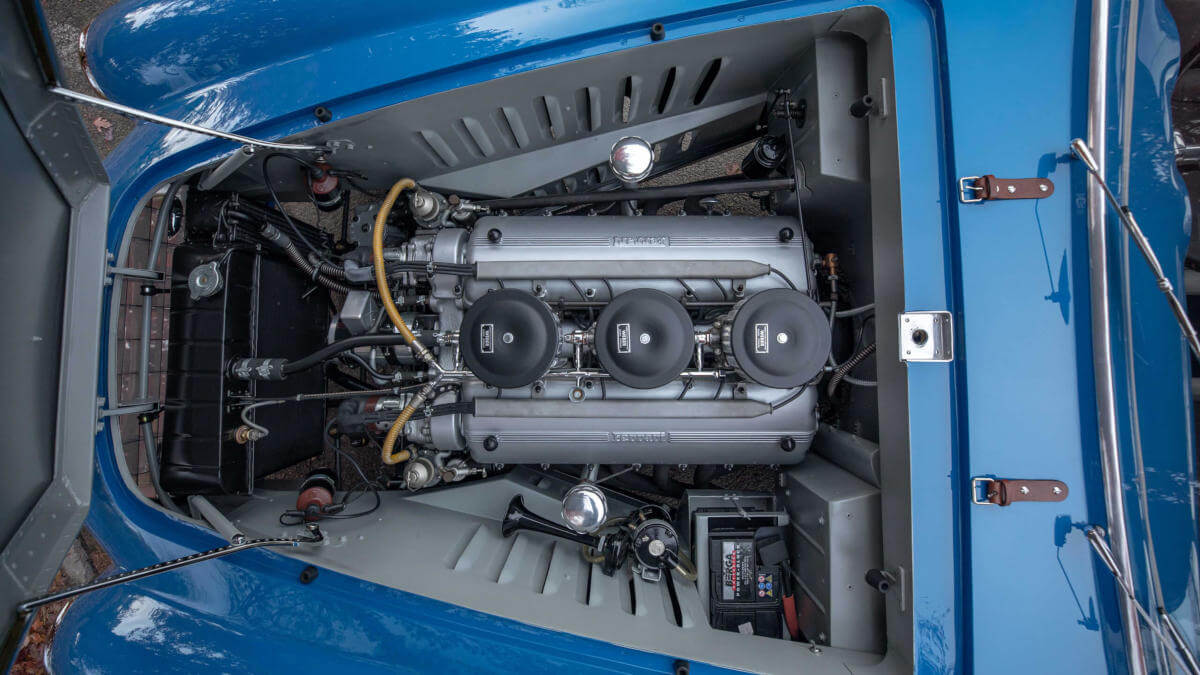



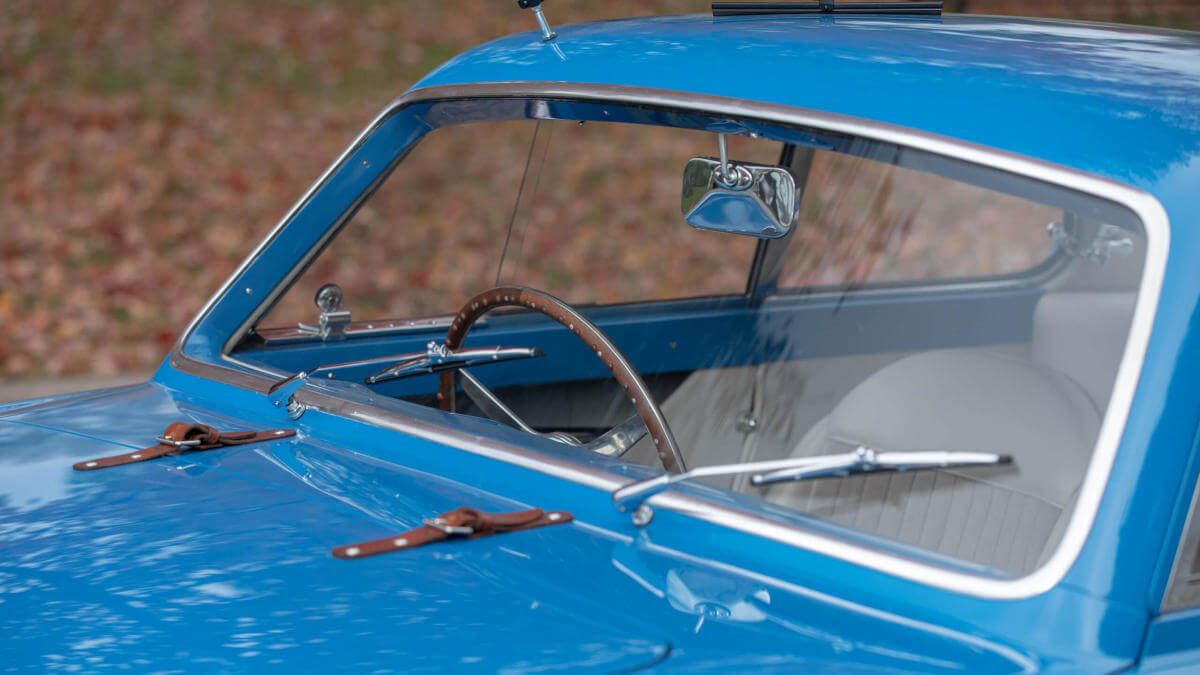

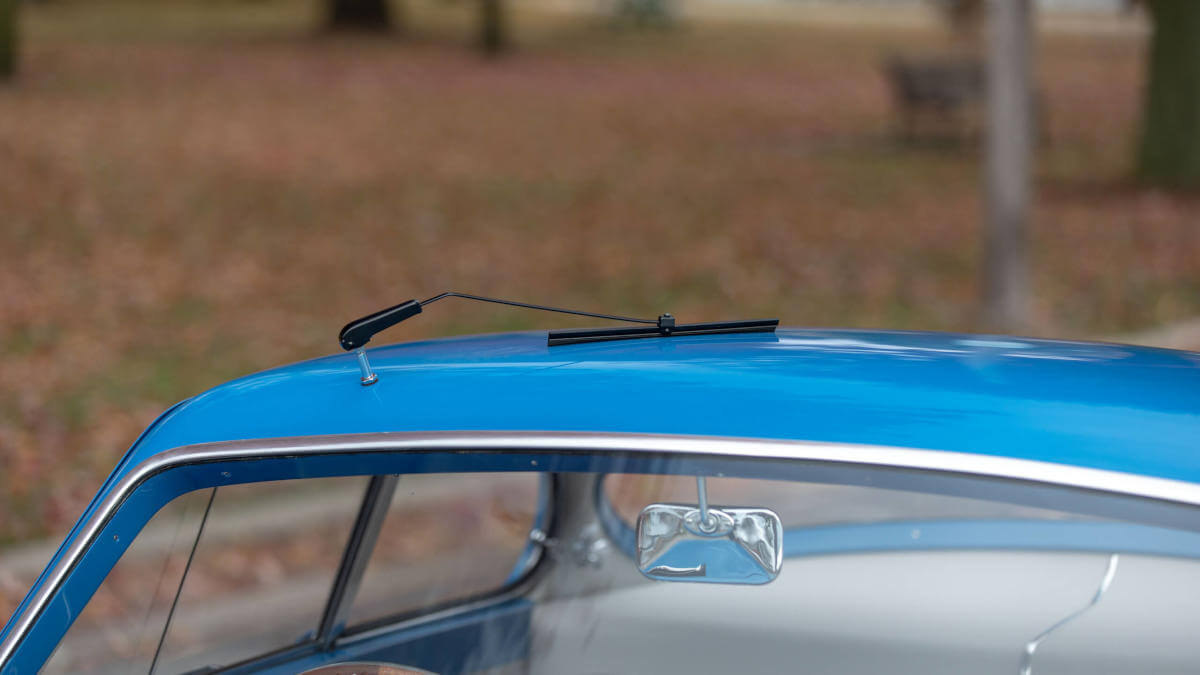

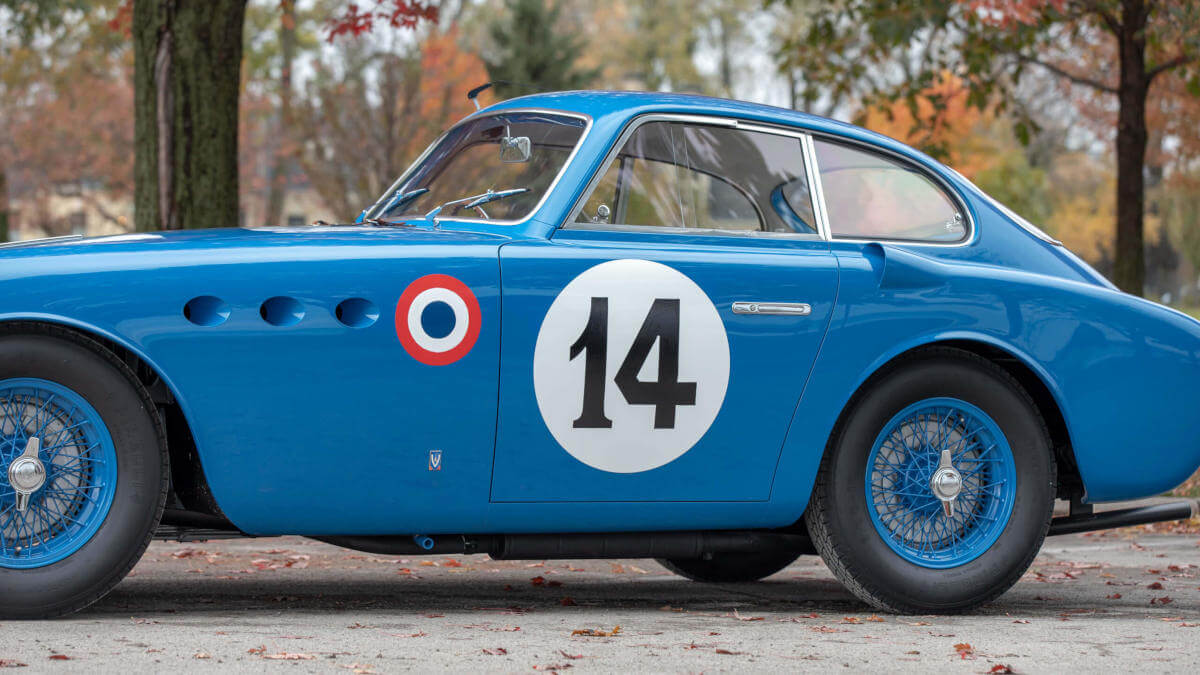



Old race cars had little value
In the third race with this car, Gregory crashed the car and sold it unrepaired to George T. Sawyer. The latter had the broken original body replaced with a 340 Mexico-style Spyder body. Afterwards he started with 0202A in at least four races in the USA. In 1958 Paul Owens from Texas took over the Ferrari. At that time, no one was thinking about a possible career as a future classic car. It is therefore not surprising that Mr. Owens had the complicated V12 removed and a Chevrolet V8 engine installed. In this way, he made maintenance easier and kept the car competitive. After an accident, he also had the Spyder body replaced with a fiberglass body purchased from Devin. He eventually sold the original Ferrari engine to Chicago and the car to Salt Lake City.
Bought as Devin, rediscovered a Ferrari
For several decades, chassis number 0202A completely disappeared from the radar. Many experts considered it to be lost. Finally, in 1990, drag racer Mike Sanfilippo bought the Devin Spider with unknown frame for US$ 200. He actually wanted to convert the vehicle into a new dragster, but changed his mind and left the car untouched. He had no idea about the Ferrari chassis. In 2006, he offered the construct as a Devin Sports Car on eBay. It was there that car restorer Tom Shaughnessy from San Clemente, California, discovered it. He won it with a bid of US$ 26,912 and brought it into his shop to restore the ‘Devin’ back to former glory. However, when he disassembled it, he quickly found out that he had got himself a piece of gold here. Together with Ferrari experts Hilary Raab and Marcel Massini, he researched the number 0202A affixed to the frame and thus found out the history of this Ferrari.


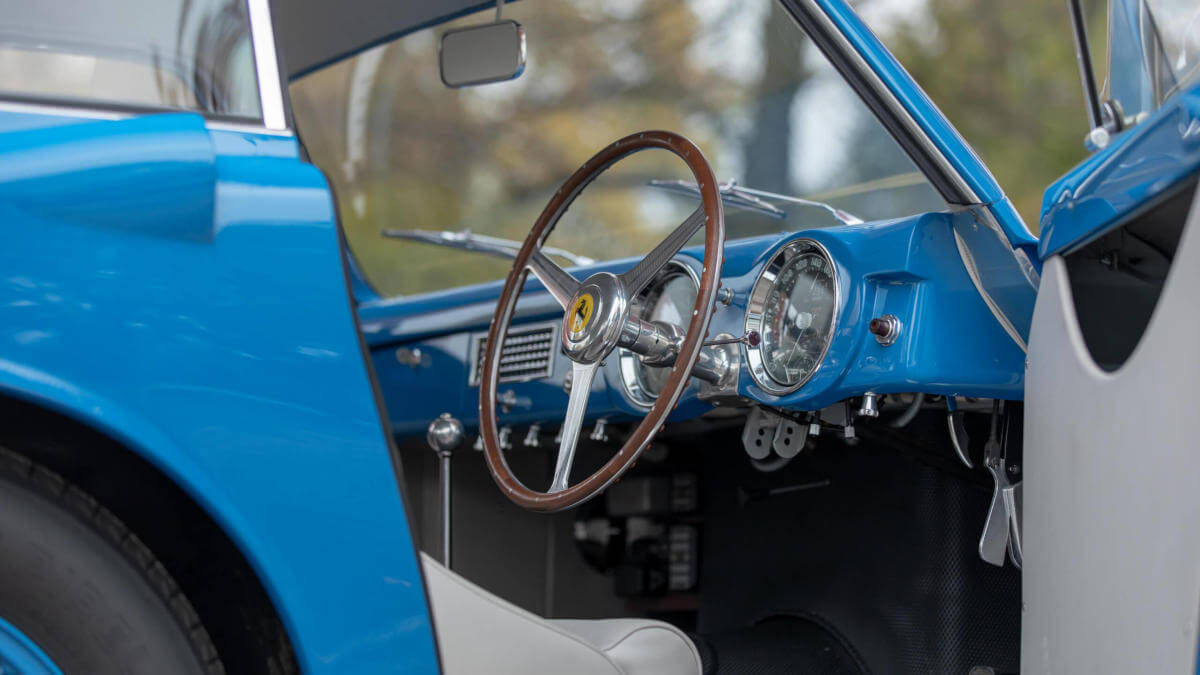



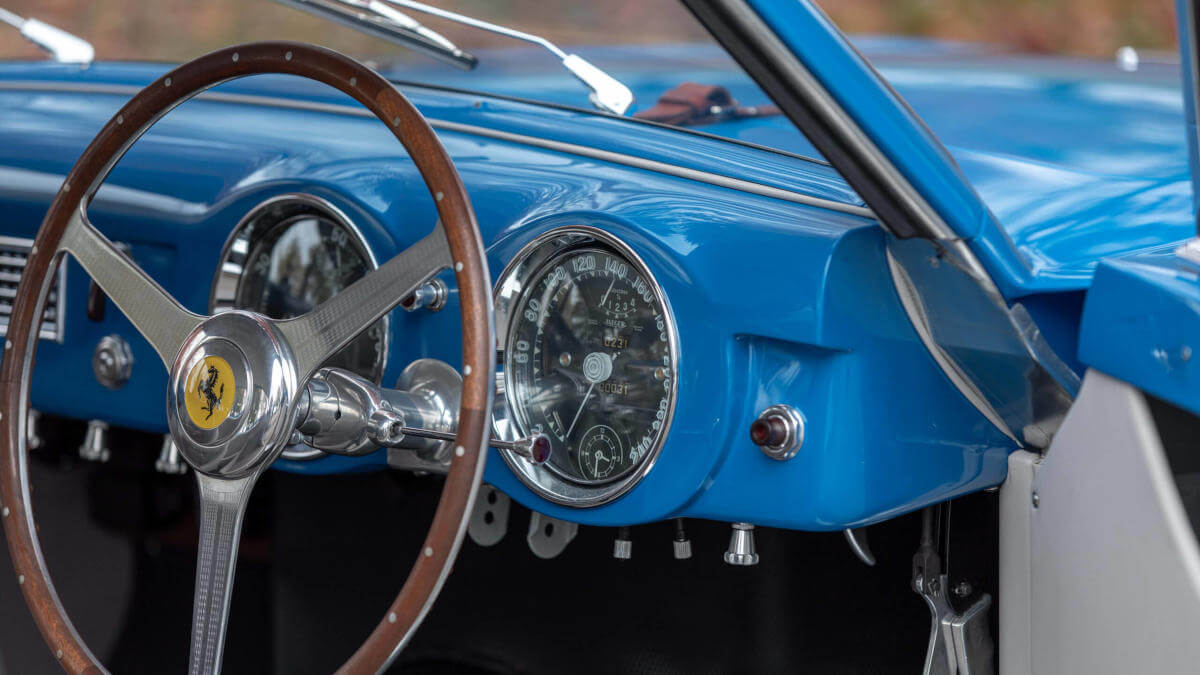







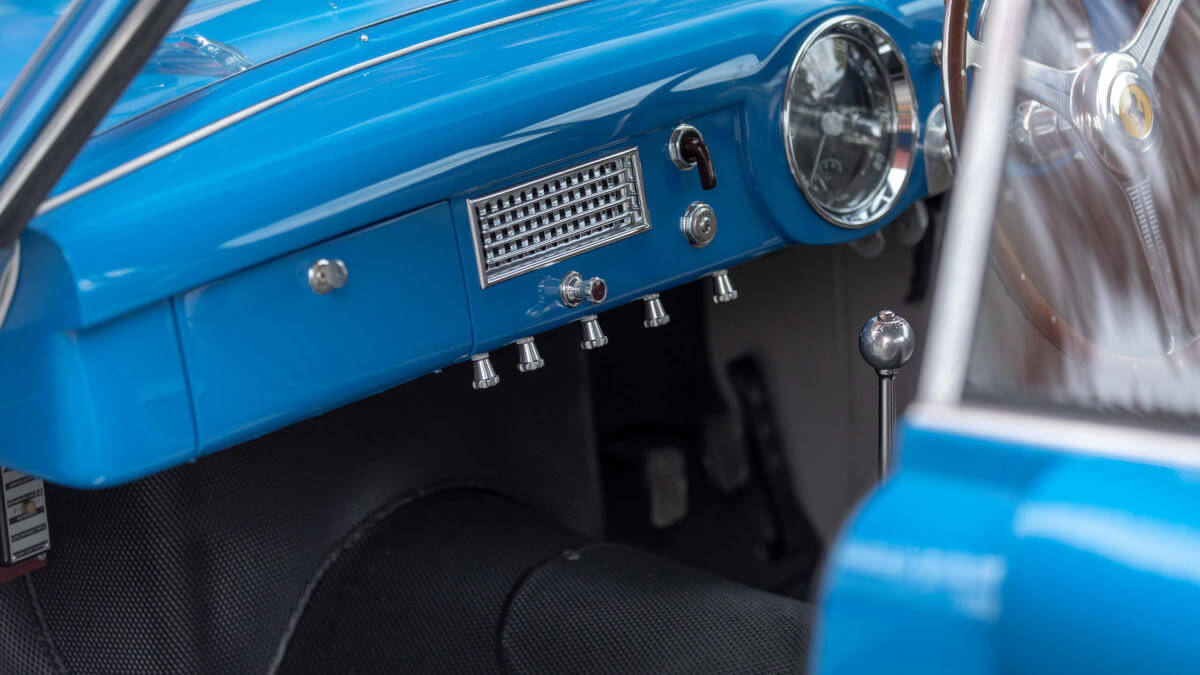

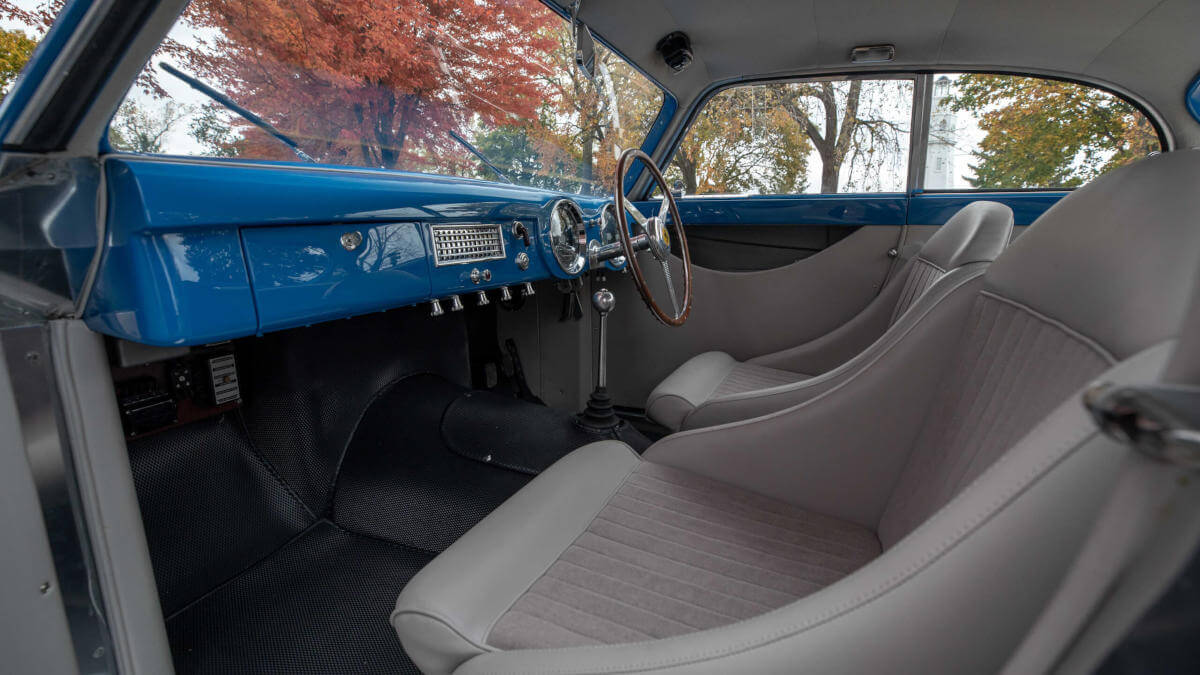



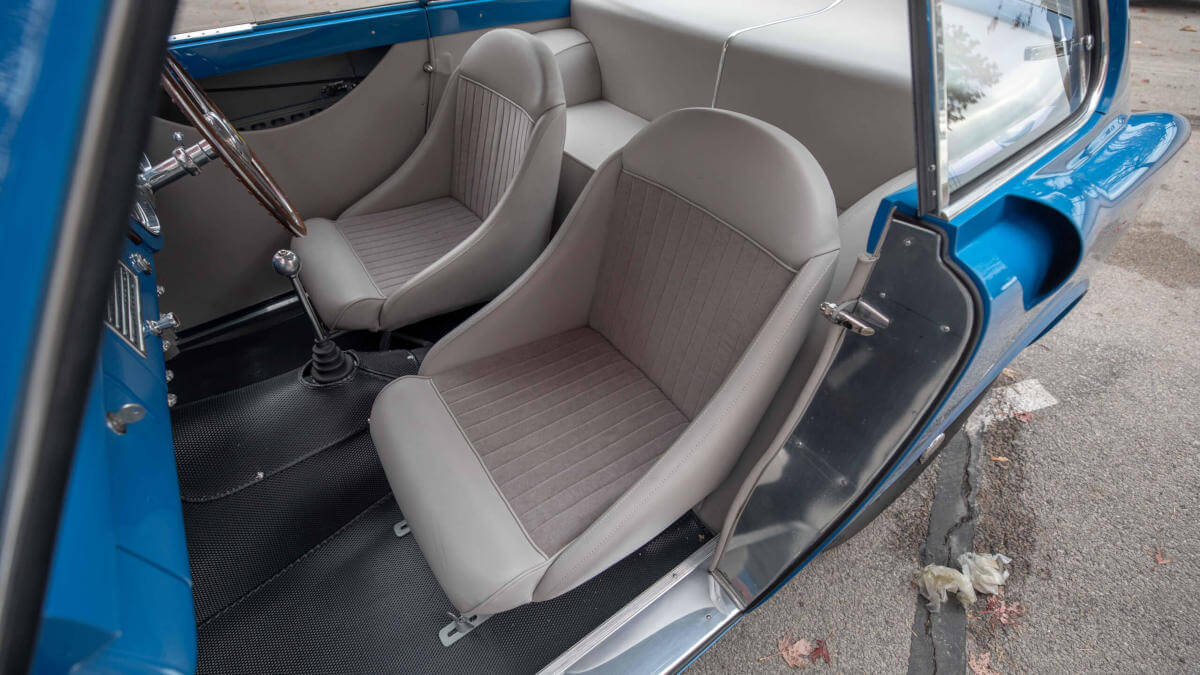







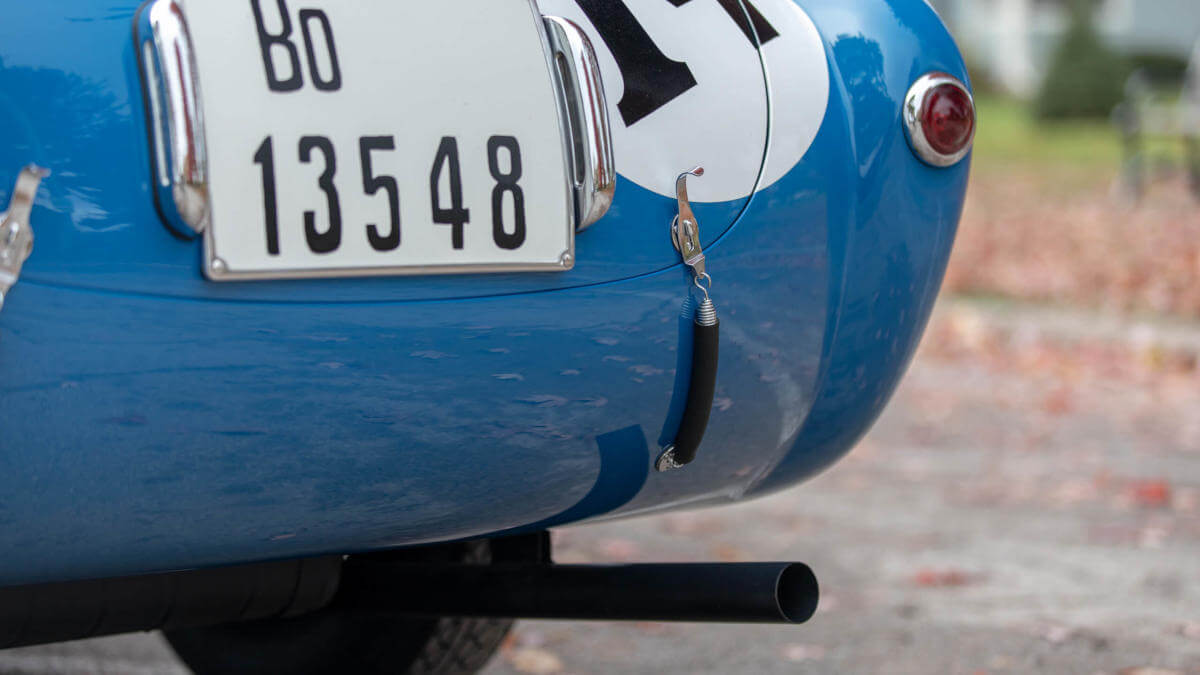

Rebuilt at Ferrari Classiche
Tom Shaughnessy entrusted the extensive work needed to turn the box frame back into a complete Ferrari 340 America to the experts at Ferrari Classiche in Maranello, Italy. Whether by luck or chance, Shaughnessy’s inventory already included a matching V12 engine, a four-speed transmission and even the right pedal box for the 340. Meanwhile, the original Vignale body was completely rebuilt by hand in Italy using old pictures and drawings. This work took several years and is recorded in text and pictures in a red Ferrari Classiche book.
Auction in Kissimmee in January 2021
As of 2018, the Ferrari 340 America is back on its wheels as it was when it competed in the 24 Hours of Le Mans in 1952. Even the starting number and the third windshield wiper mounted on the roof have been reproduced. From January 7 to 16, 2021, the American auction house Mecum will offer the rare race car in Kissimmee. The hoped-for hammer price is likely to be significantly higher than that of the 2006 eBay auction.
Images: Mecum Auctions


